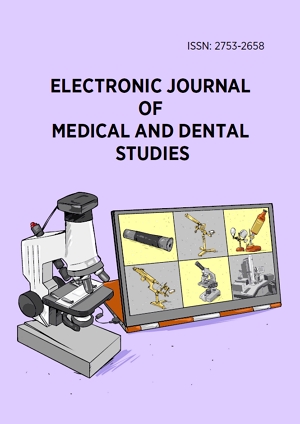Abstract
The neutrophil/lymphocyte ratio (NLR) is generally accepted as an indicator of sub-clinical inflammation. In recent studies, it has been found that the NLR can be used in the calculation of morbidity and mortality. Within the scope of this study, the relationship between NLR and mortality in hospitalized patients between January 1, 2015, and August 31, 2019, was explained. Among the studies on NLR between these dates, the age range of 584 patients with normal and abnormal C-reactive protein (CRP) values ranged from 10 to 100, and the data of 272 female and 312 male patients were analyzed. In this study, while evaluating the academic contributions of the NLR and CRP data obtained with the retrospective approach to the literature in the cases of intensive care unit (ICU) patients. Age, NLR, CRP, IgG, and IgG percent levels of exitus group patients were significantly higher than non-exitus group (p<0.05). Lymphocyte level of non-exitus group (lymphocyte 1.26±1.04) was significantly higher (p<0.05) than exitus group (age, mean±SD 68.70±16.69, NLR 17.48±25.80, CRP 167.27±114.10, IgG 0.38±0.60, IgG percent 2.56±5.15, and neutrophile 12.50±9.68). We hypothesize that the data evaluated together with the immature granulocyte count will help and benefit the intensive care specialists in their evaluation reports for the patient.
Keywords
License
This is an open access article distributed under the Creative Commons Attribution License which permits unrestricted use, distribution, and reproduction in any medium, provided the original work is properly cited.
Article Type: Original Article
ELECTR J MED DENT STUD, Volume 12, Issue 4, December 2022, Article No: em0101
https://doi.org/10.29333/ejmds/12623
Publication date: 08 Nov 2022
Article Views: 1273
Article Downloads: 1103
Open Access References How to cite this article
 Full Text (PDF)
Full Text (PDF)